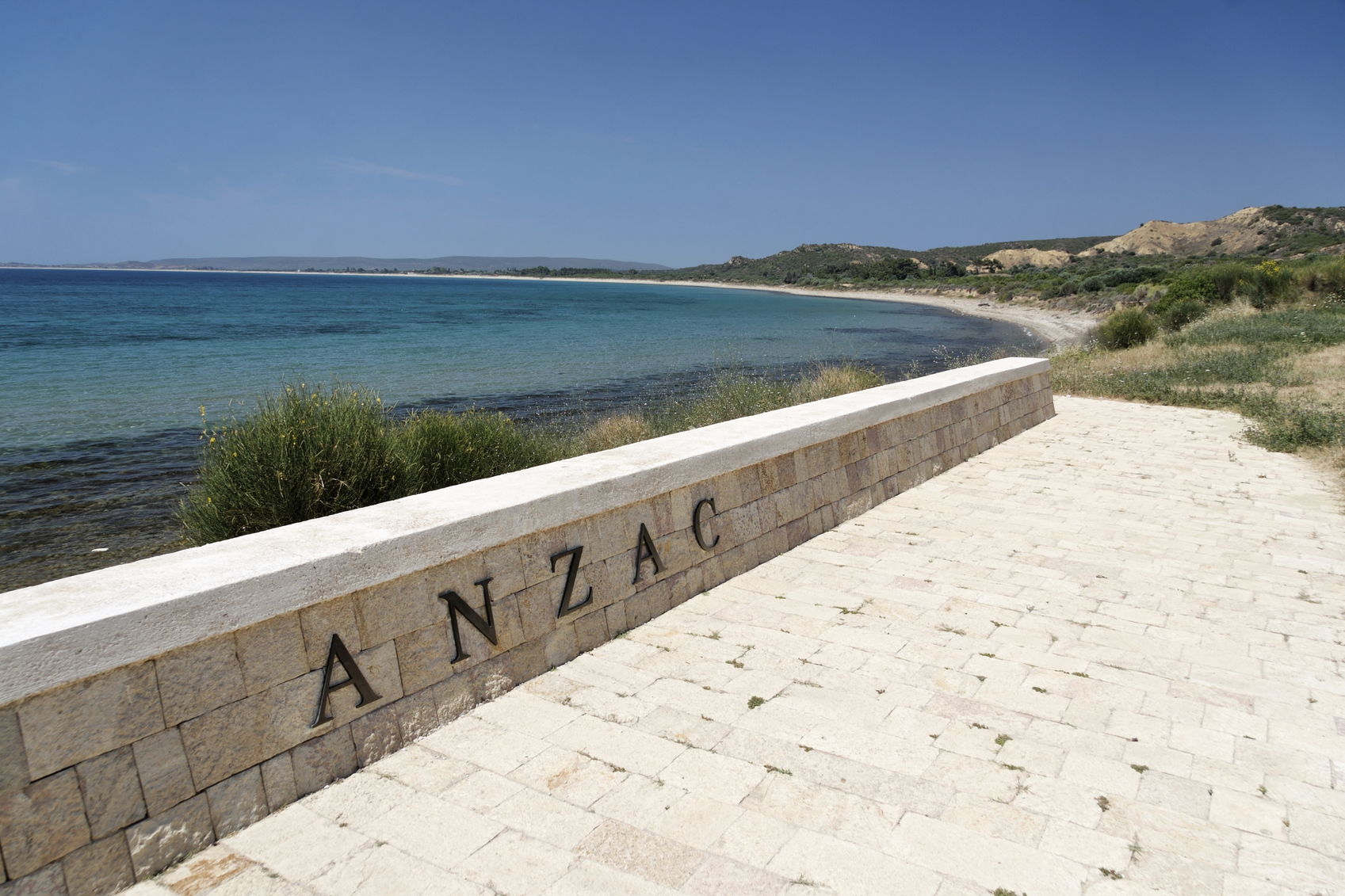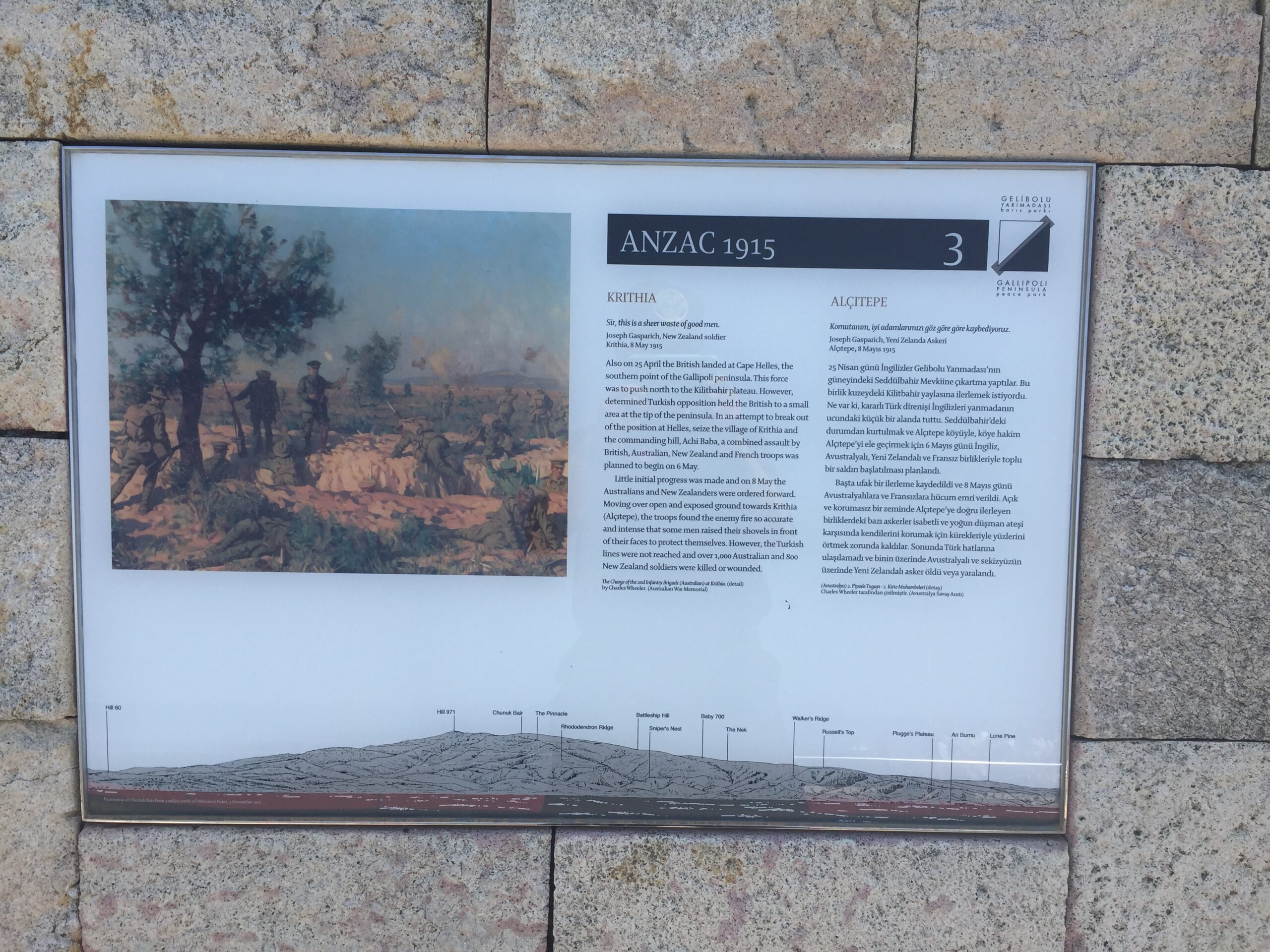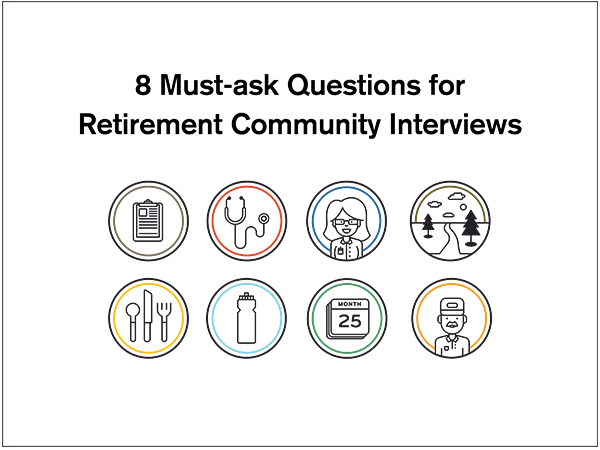The History That Shapes Us: Our Journey to Anzac Cove
My wife Patty and I spent months planning our recent 26-day sea voyage to Turkey, Greece and Italy. When Patty began her research for our adventure, she discovered several articles about the 100th observance of Anzac Day, which commemorates the The Battle of Gallipoli in Turkey, as well as the formation of the Australian and New Zealand Army Corps (ANZAC).
Each year, Anzac Day is a huge holiday. Australia and New Zealand celebrate their national pride and ANZAC’s formulation. For them, this date marks the emergence of their national Identity. They were no longer an insignificant part of the British Empire. The two nations had emerged into one fighting force—ANZAC.
For the Turks, Anzac Day commemorates a moral victory and a reminder of the brutal eight-month Gallipoli campaign which led to mass casualties on both sides. Ataturk, the hero of this battle, later became the father of Turkey. He was the leader of The Turkish Revolution, and instrumental in the overthrow of the sultan and establishment of a Turkish Republic.
It’s the equivalent of our Memorial, Armed Forces and Veterans Days rolled into one. Everything is shut down and schools are closed, as every town throughout both nations conducts memorials to the fallen with church and civil ceremonies, followed by parades.
When our ship pulled in, we were fascinated to see men of war from all three nations traversing the waters offshore, as well as 8 other cruise ships anchored just off Anzac Cove.
We were joined by a huge contingent of Aussies and New Zealanders commemorating the battle and the formation the ANZAC. Meeting them and hearing their stories was one of the highlights of our trip. Neither of us were aware of how incredibly significant the date was to the two countries.
The ceremonies ashore were by invitation only, so we watched from afar. Heads of state including Germany’s Angelica Merkel, Britain’s Princes Charles and William and ANZAC dignitaries were hosted by the Turkish president.
While anchored just offshore, we stood shoulder to shoulder with our ANZAC shipmates and the ships’ officers for a prayer service on deck featuring remarks by selected members, the singing of the national anthems of Australia and new Zealand, a Maori Haka dance and the playing of The Last Post (their version of our Taps) by the ships bugler.
The ceremony was both moving and colorful as the ANZAC veterans wore their medals and families of veterans were adorned with their deceased family members’ medals proudly displayed on their left breasts.
We were given two Australian digger (digger is the name affectionately given to their infantry men who dug the trenches and foxholes) pins from the table mates we befriended during the cruise. The next day we visited the landing site, monuments, cemeteries, and the significant battle sites surrounding Anzac Cove.
This visit marked a very historical year of travel for my family. On June 4, 2014, my son and I were present for the 100th Anniversary of the Battle of Flanders Field (where the poppies grow) in Ypres, Belgium. We also attended the 70th Anniversary of the June 6 D-Day landings at Normandy and visited Omaha Beach and Cemetery there on D+3. That day is special to us, as my father Andrew T. McNamara landed there as Quartermaster of the 1st U.S. Army. He established the National Cemetery overlooking Omaha Beach and others along the 1st Army’s route of march to victory, just as he had in North Africa as QM of IICorps.
Both of us took some sand home from Omaha Beach on D+3 and on December 11, 2014, sprinkled it on his grave in Arlington Cemetery. I have a stone from Anzac Cove’s beach commemorating our presence there as well.
It has been a historical and very moving year for us.





